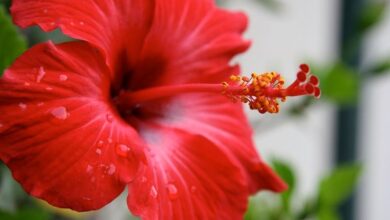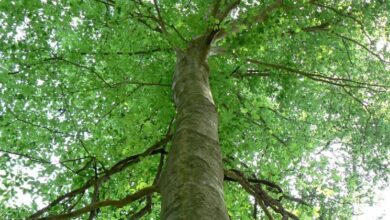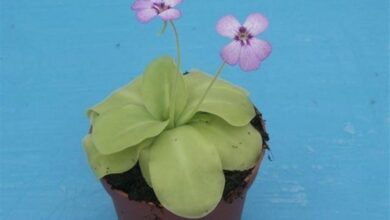Highlander hedge
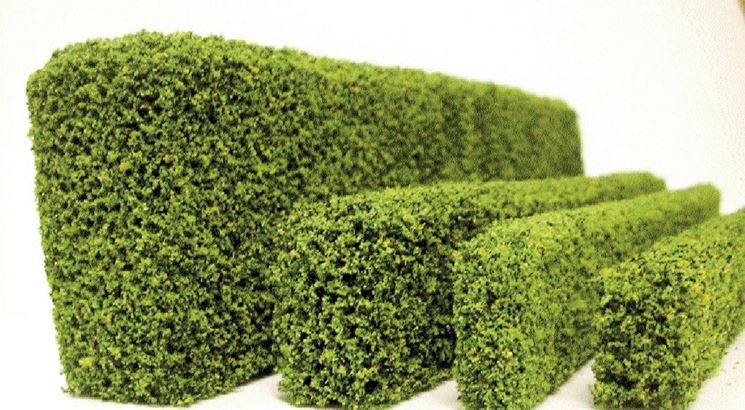
The main characteristics of the different types of hedges

With the definition of highlander hedge, from the immortal protagonist of the film of the same name, we mean a hedge made with plants with great strength and resistance, precisely almost immortal, which have specific common characteristics: the ability to grow very quickly and considerable resistance to diseases and adverse climatic conditions. In fact, they resist heat as well as very intense cold, they even manage to vegetate and be luxuriant under the snow. There is no specific plant called highlander, this term is in fact associated with the most resistant varieties of some species, for example, a highlander cultivar of Boxwood has recently been identified, characterized by very fast growth. The highlander plants used for hedges are usually shrubs or climbers,
Highlander hedge – the most often used species
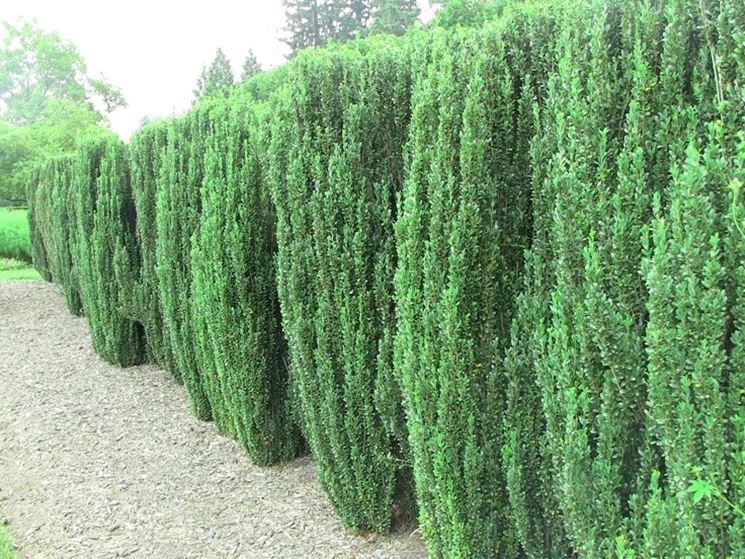
Among the strongest and most resistant species suitable for forming hedges there is certainly theIlex crenata highlander, a variety of Japanese holly 3 meters high on average, compact and upright, similar to Boxwood, perfect for low hedges and borders. Withstands temperatures of minus 30 ° C, and indeed the foliage remains glossy green throughout the winter, towards May it has inconspicuous white flowers and in autumn it produces small black berries. Another of the more resistant species, perhaps the most used as a tall hedge is, among the conifers, the Leyland Cypress, a hybrid obtained by chance, particularly long-lived and robust. It has a very fast growth and easily reaches a height of 25 meters, withstands pollution, brackish air, drought and intense cold, with temperatures of minus 20 ° C. Equally resistant is the Polygonum baldschuanicum, also known as Fallopia baldschuanic, a climbing shrub ideal for quickly covering walls and fences; it can reach 15 meters in height, has small lanceolate leaves and produces white flowers in spring and autumn.
How to create and maintain a highlander hedge over time
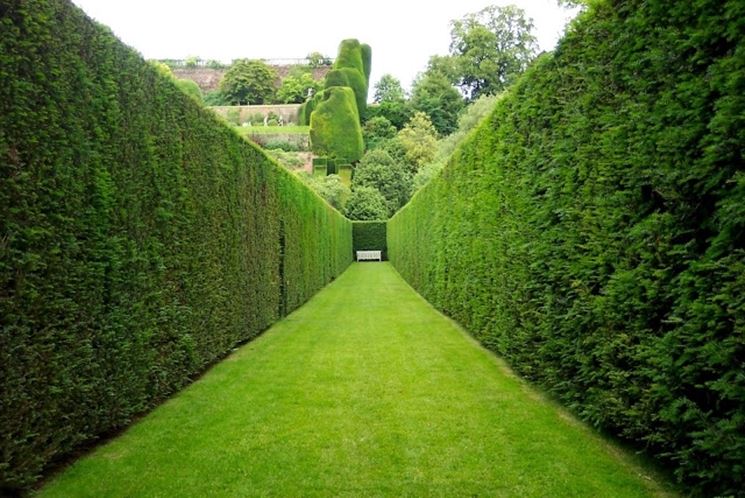
To create a beautiful hedge it is necessary to plant all the specimens at the same time, digging a hole for each plant, at a distance of about 60-80 cm from each other and working the soil, adding soil and fertilizer to make it more fertile and draining. Generally these hedges are self-sufficient, in the sense that if the climate is not too dry and the soil is the right one for the type of plant, they naturally obtain the water and nutrients necessary for their survival. In fact, it is necessary to water them only if you notice that the soil is completely dry, usually in summer, and fertilization in early spring is more than enough. A highlander hedge, therefore, does not require special attention to grow and develop in a luxuriant way. but indeed due to its characteristics it must be taken care of in order not to become a pest and out of control. To this end it is necessary to intervene with more frequent pruning than for other types of hedges, at least twice a year, initially to give it the desired shape and later to contain its development and possibly eliminate dry or diseased branches.

